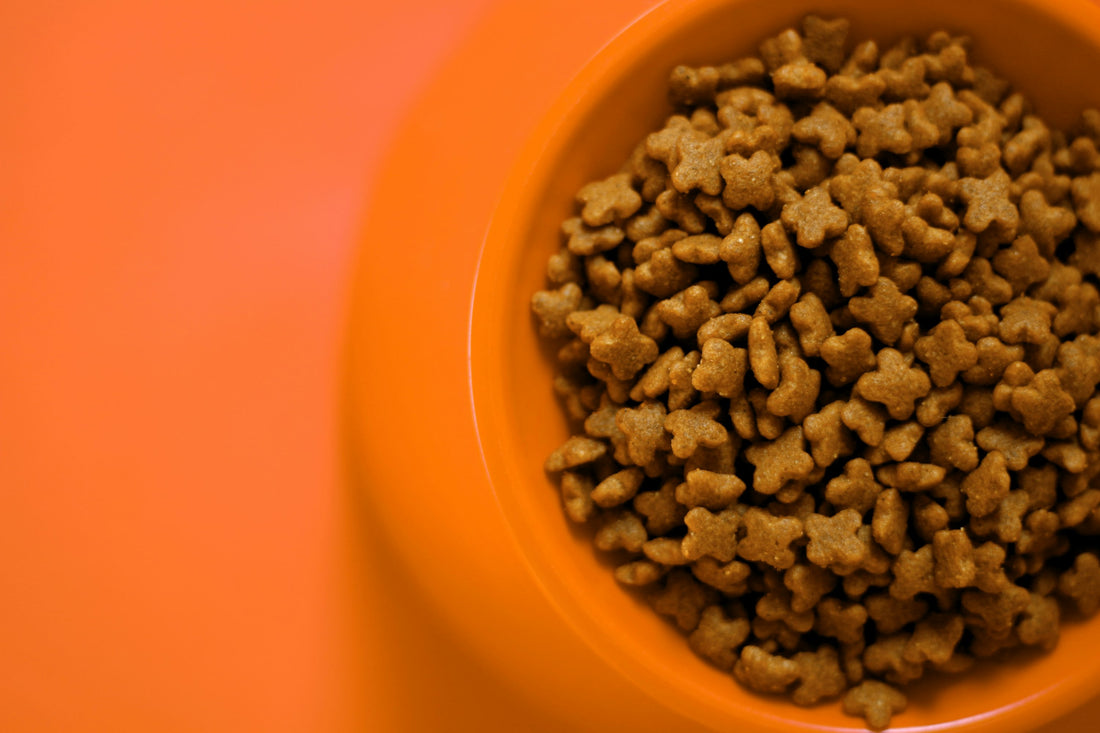
Basic Nutrition Guidelines: What to Feed Your Pet
Share
Providing your pet with a balanced diet is crucial for their overall health and well-being. Understanding basic nutrition guidelines will help you make informed decisions about what to feed your furry friend. Dogs and cats have different dietary needs, so it’s essential to tailor their diets accordingly. Here’s a comprehensive guide to ensure your pet receives the nutrition they need to thrive.
Basic Nutrition Guidelines: What to Feed Your Pet
1. Key Nutrients for Pets
Both dogs and cats require six essential nutrients: proteins, fats, carbohydrates, vitamins, minerals, and water. Each of these plays a vital role in maintaining your pet's health.- Proteins: Essential for growth, repair, and maintenance of body tissues. Dogs are omnivores and can digest both animal and plant proteins, while cats are obligate carnivores requiring animal-based proteins for essential amino acids like taurine. High-quality sources include chicken, beef, fish, and eggs.
- Fats: A concentrated energy source that also supports skin health and the absorption of fat-soluble vitamins (A, D, E, K). Healthy fats from fish oil or chicken fat are beneficial for both dogs and cats.
- Carbohydrates: While dogs can efficiently utilize carbohydrates for energy, cats have a limited ability to digest them. Whole grains like brown rice and oats can be included in dog diets but should be minimal in cat food.
- Vitamins and Minerals: These are crucial for various bodily functions. Dogs and cats need a range of vitamins (like A, D, E) and minerals (such as calcium and phosphorus) to support their immune systems and overall health.
2. Life Stage Considerations
Nutritional requirements change as pets age.- Puppies and Kittens: Require higher protein and calorie content to support their rapid growth. Look for specially formulated growth diets that meet these needs.
- Adult Pets: Should transition to maintenance diets that balance nutrients according to their size and activity levels. For instance, active dogs may need higher protein compared to sedentary ones.
- Senior Pets: Often benefit from diets lower in calories but higher in protein to maintain muscle mass. Ingredients like glucosamine can support joint health.
